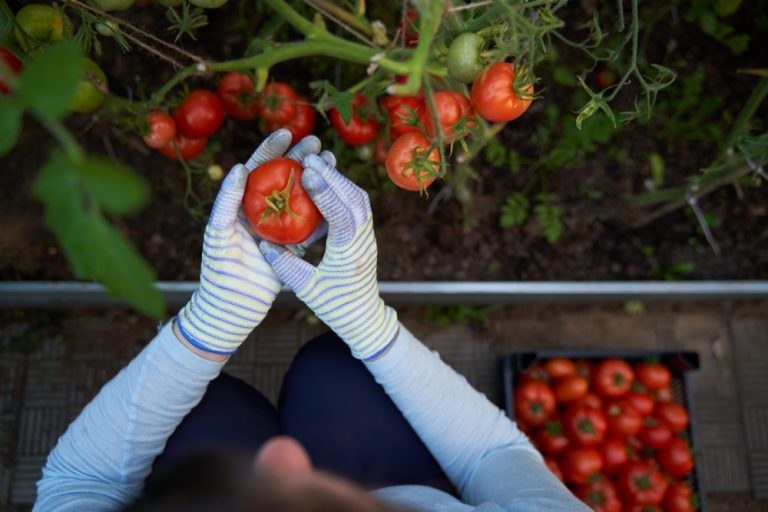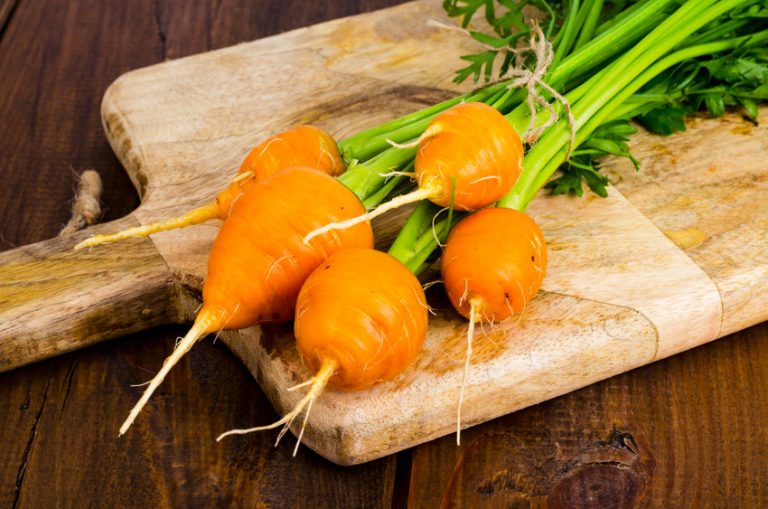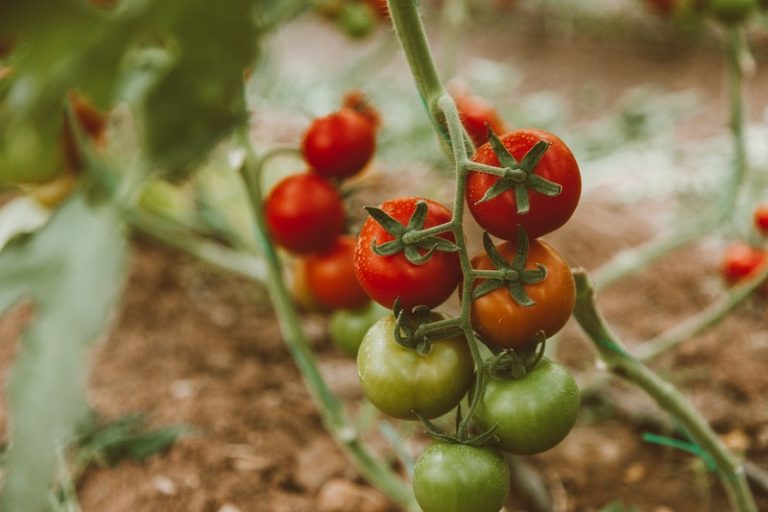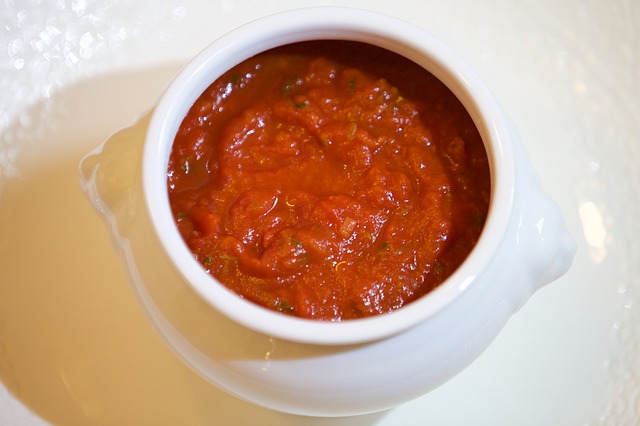It’s the end of summer, and your tomato plants are still bursting with potential. The sun’s a little weaker, the nights are cooler, and those once-lush vines are starting to look a little tired—but the fruit? Still green, still growing, and still full of promise. You’ve worked too hard to let all those beautiful tomatoes…
tomato
5 Compact Plants For Small Gardens
You’re probably interested in frugal gardening tips because you’re on a budget. But I’ll bet that many frugal gardeners also have to carefully budget gardening space. Most people don’t have a lot of room to work with. And even if you have a large property, it’s likely that not all areas are conducive to growing…
To Prune or Not to Prune? Keeping Tomatoes in Check
To prune or not to prune, that is the question! Tomatoes are one of the most popular garden plants for a reason. They’re fairly easy to grow, produce an impressive yield, and are available in many interesting varieties. There are many schools of thought when it comes to tomato pruning. So what’s the right…
Easy Preserving for the Frugal Gardener: Tomato Edition
I’ll say it loud and clear, I love the idea of canning, but I hate going through the process. It’s long and tedious. I’m always left feeling paranoid that I’ve done something wildly wrong, which will leave me with botulism infested jars. It’s one of the reasons I’m partial to quick-pickling and other easy preservation…



